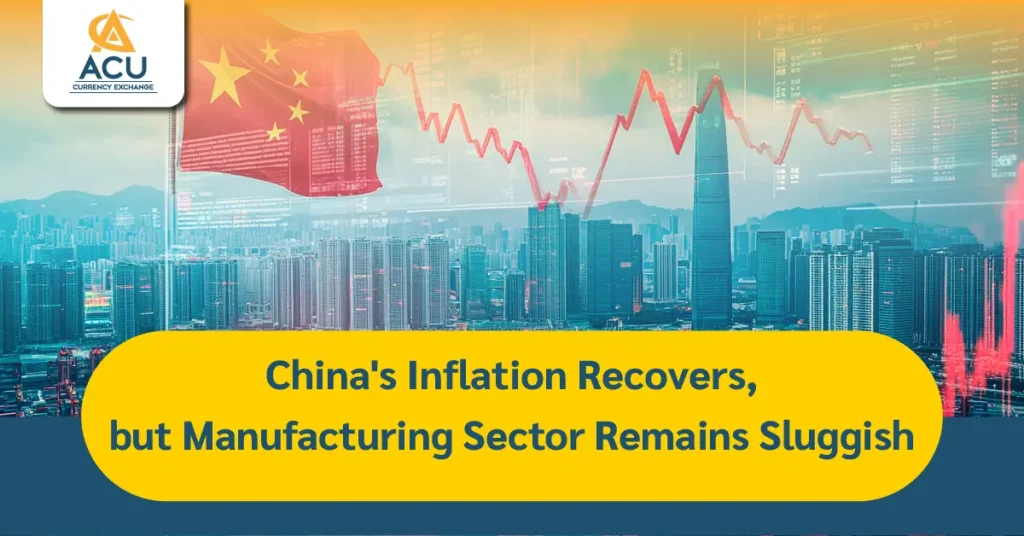China’s Inflation Recovers, but Manufacturing Sector Remains Sluggish

China’s economy in 2025 has shown signs of recovery from deflation, with the Consumer Price Index (CPI) in January rising by 0.5% compared to the previous year. This is the highest expansion in five months and exceeds analysts’ expectations by 0.4%. However, inflation on the producer side (PPI) remains negative, reflecting ongoing issues in the industrial sector, which is still dealing with an oversupply of goods.
Although consumer inflation has started to rise, it will take another 2-3 quarters for China to fully emerge from deflation. The PPI in January shrank by 2.3%, which is the same as in December and worse than the market’s expectation of a 2.1% decline.
Throughout 2024, China’s CPI only increased by 0.2%, which is below the government’s inflation target of 3%, marking the 13th consecutive year China has missed its inflation goal.
Chinese and Hong Kong stock markets opened positively following the news of improving inflation. The Hong Kong Hang Seng Index rose by 0.43%, and the Shanghai Composite Index increased by 0.13%, even with reports that President Donald Trump was preparing to impose a 25% import tax on steel and aluminum, which could affect China’s trade.
Although the CPI has risen, consumer spending still grew more slowly compared to the previous year. During the Chinese New Year holiday in January this year, prices for some goods surged. For example, flight ticket prices increased by 8.9%, tourism inflation rose by 7.0%, and movie and performance ticket prices jumped by 11.0%.
However, the average per capita spending during the Chinese New Year increased by only 1.2% compared to the previous year, which is very low compared to the 9.4% growth in 2024. This suggests that consumers are still cautious about spending.
Manufacturing in China continues to shrink, with the PPI being negative for 28 months, indicating that the industrial sector is still struggling with excess inventory, and market demand remains insufficient. Analysts believe the Chinese government will need to further stimulate the economy to support the manufacturing sector.
Analysts predict that the Chinese government will not make any major adjustments to monetary or fiscal policy until the two sessions meeting in March. This year, many provinces in China have set growth targets below 3%, reflecting concerns about the fragile economic outlook.
Although the Chinese government aims for a 5% economic growth target, the trade war with the United States, particularly Trump’s import tax policies, may put pressure on China’s exports, which are a key engine for the economy.
China is beginning to recover from deflation but still faces several challenges, particularly in the weak manufacturing sector and subdued consumer spending. While the stock market has reacted positively to the inflation rise, pressure from the trade war and domestic factors remain significant obstacles to economic growth this year.
Reference
- Popular tags | China
About the Author

ACU-Exchange
We are committed to providing the best foreign currency exchange experience and customer satisfaction to meet the needs of Thais who want to travel abroad and foreigners who come to continue their studies or work in Thailand.



